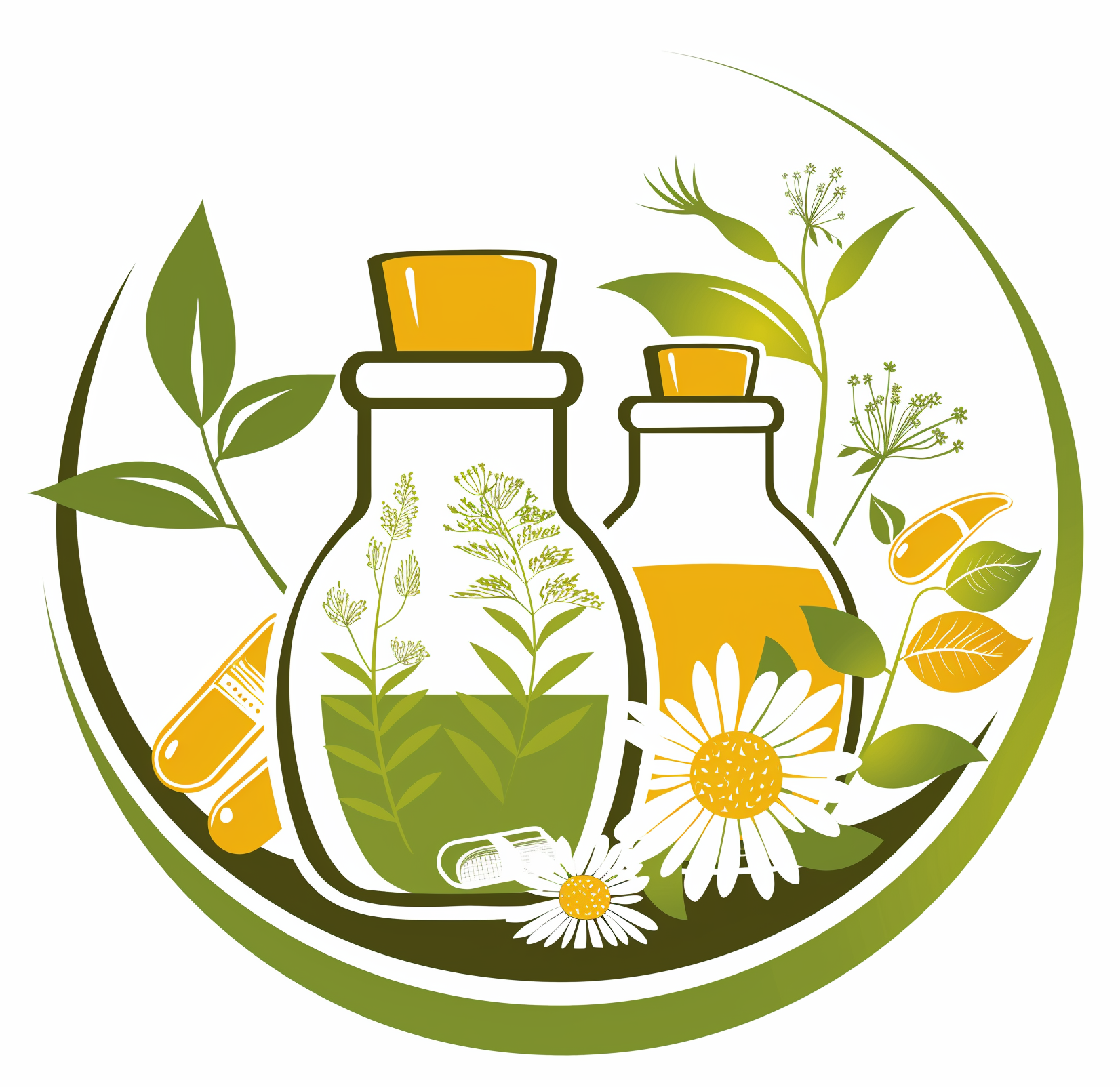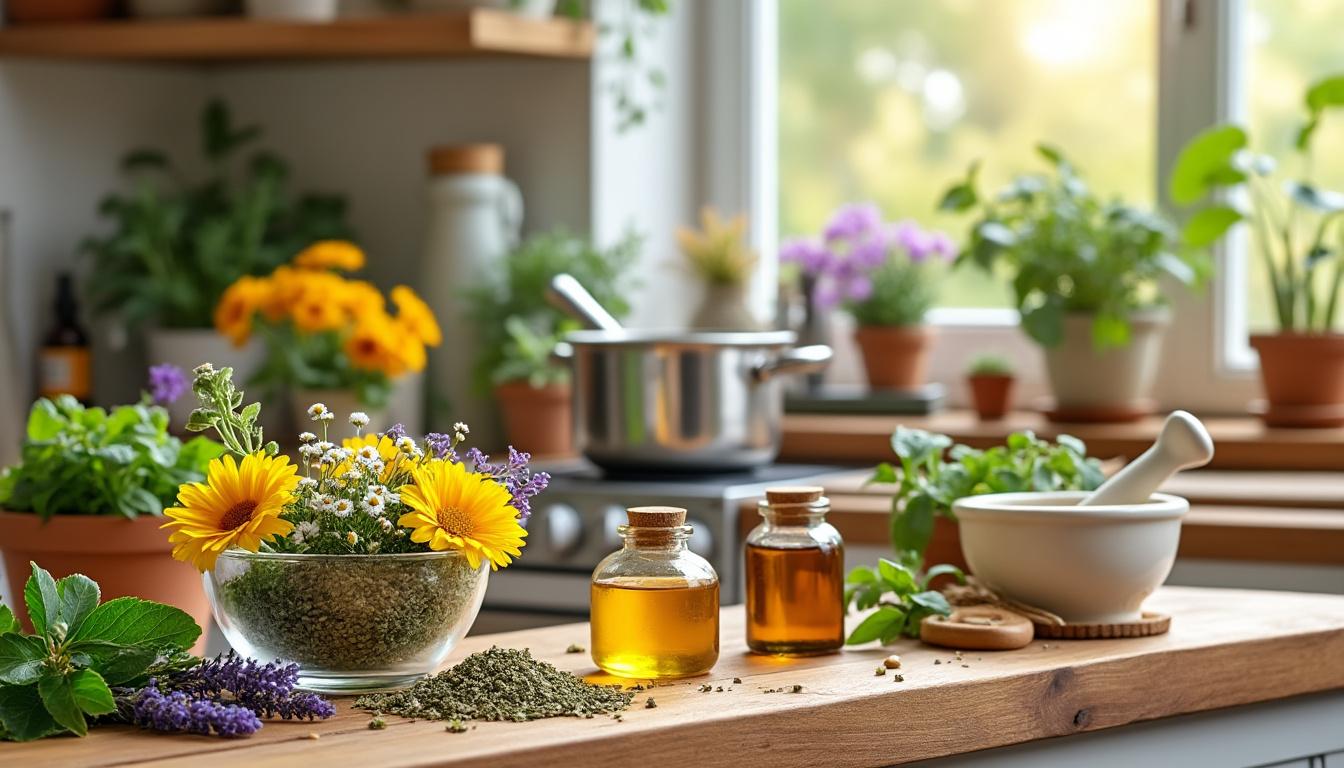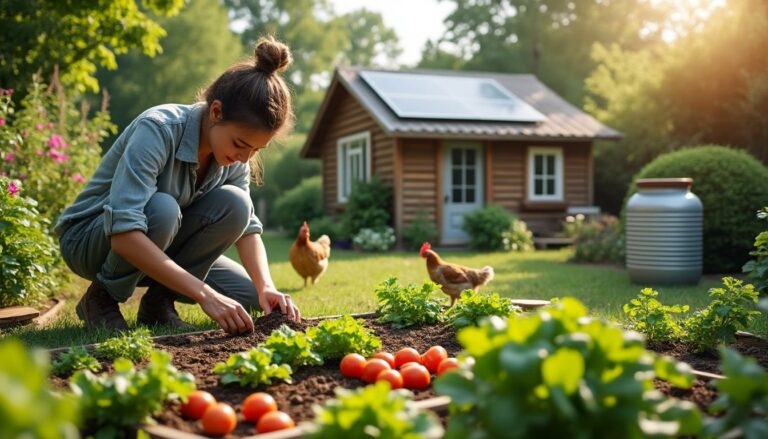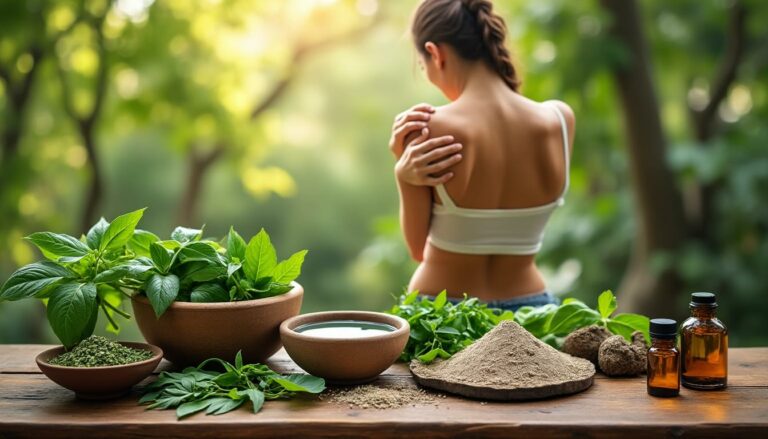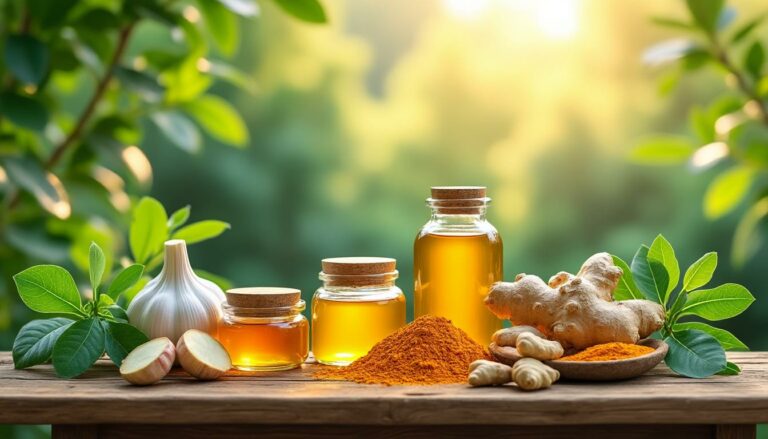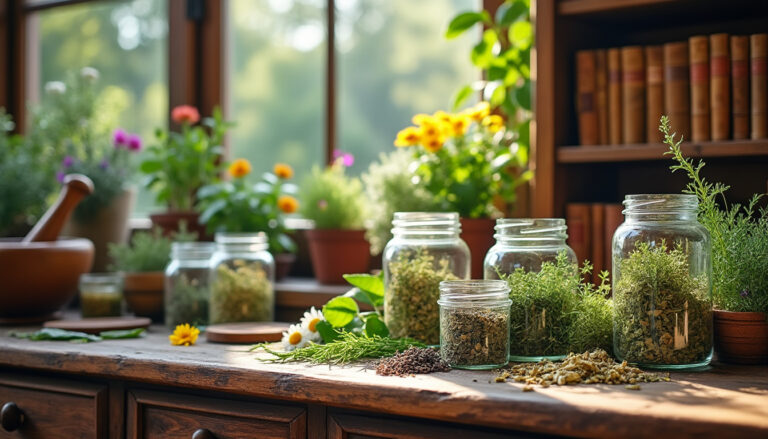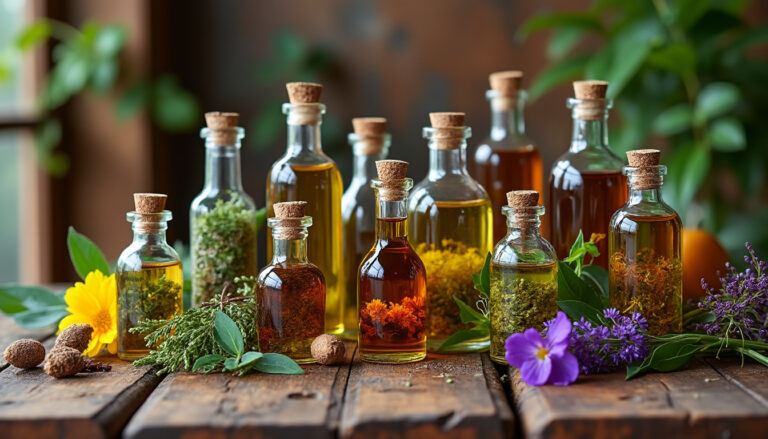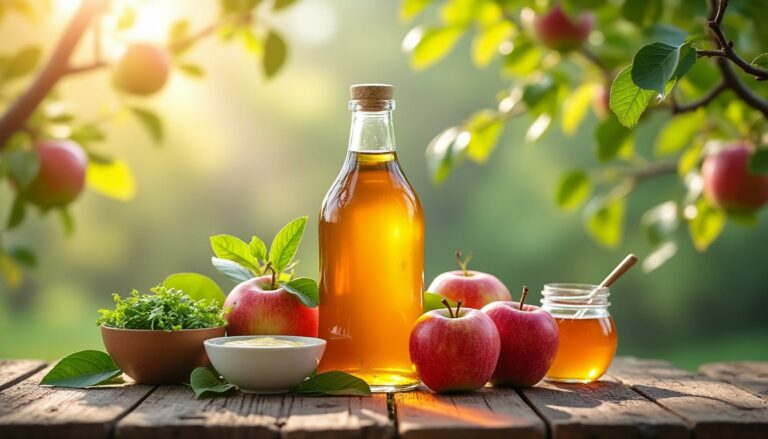What is a herbal salve? Steps to create your own remedy
Affiliate disclosure: This post may contain affiliate links. Please see our disclosure policy.
Minor cuts, itchy rashes, cracked lips — skin troubles show up when you least expect them.
Left untreated, these small issues can turn into lingering discomfort, antibiotic creams full of petroleum, or costly trips to the pharmacy.
With a jar of homemade herbal salve, you hold a fast-acting, plant-powered remedy that costs pennies and fits in a pocket.
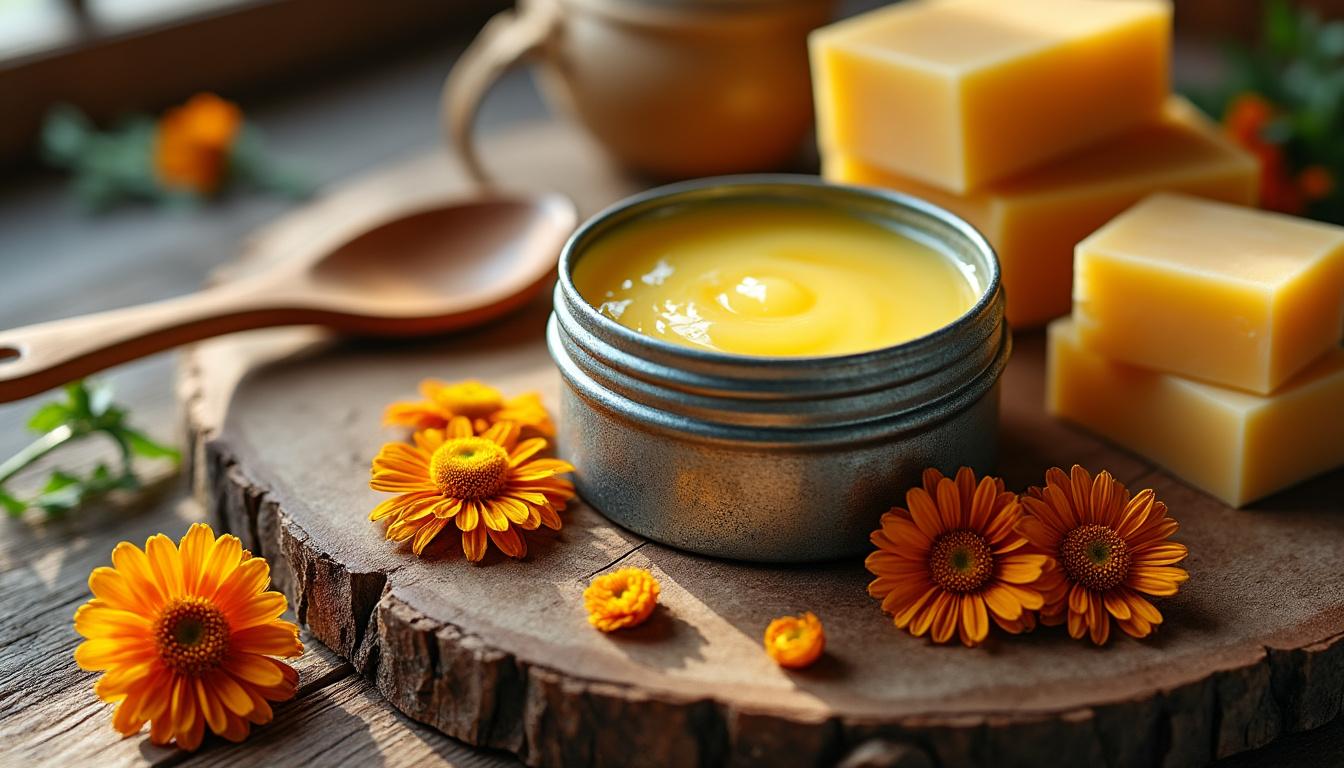
Defining Herbal Salves: Traditional Medicine Meets Modern Science
Think of a salve as a soft, spreadable ointment that melts on contact with skin. The texture comes from an oil + wax base, while the healing power is supplied by herbs renowned in Traditional Medicine.
- 🌿 Oil carries fat-soluble plant compounds deep into tissue.
- 🐝 Wax (usually beeswax) locks moisture in and offers a protective seal.
- 💧 No water means no preservatives are needed and shelf life soars to 6-12 months.
| Herbal product | Main use | Water content 💧 |
|---|---|---|
| Infused oil | Massage & oil pulling | 0 % |
| Herbal salve | Topical first aid | 0 % |
| Cream/Lotion | Daily moisturiser | 60–70 % |
This anhydrous design makes salves a star in Eco-Friendly Remedies because they skip synthetic preservatives and plastic packaging.
Choosing Organic Ingredients for Your Home Apothecary
Quality in equals quality out. For Holistic Wellness, stock your pantry with simple, Organic Ingredients you recognise at a glance.
Carrier oils that love your skin
- 🫒 Olive — antioxidant-rich, all-purpose
- 🥥 Coconut — antimicrobial, firms salves
- 🟢 Grapeseed — light, fast-absorbing
- 🌰 Sweet almond — vitamin E boost (avoid if nut-allergic)
- 🥑 Avocado — extra-nourishing for mature skin
Binders & butters for structure
- 🐝 Beeswax pastilles (easiest to measure)
- 🌵 Candelilla wax for vegan formulas
- 🌰 Shea butter to add a rich barrier
- 🍫 Cocoa butter for scent and elasticity
| Ingredient | Salve consistency 🧴 | Skin benefit ✨ |
|---|---|---|
| Beeswax (1 oz per cup oil) | Firm stick | Forms breathable layer |
| Shea butter (1 tbsp per cup oil) | Creamy balm | Soothes inflammation |
| Coconut oil (⅓ of total oil) | Solid in cool rooms | Antimicrobial shield |
For a deep dive into selecting botanicals, explore this medicinal plant list and the Plant Healing Guide.
Salve Making 101: Infusing Oil Like a Pro
A potent salve begins with a properly infused oil. Two tried-and-true methods keep microbes at bay while extracting maximum goodness:
- ☀️ Solar infusion — jar of dried herbs + oil, steep 4–6 weeks on a sunny sill; shake daily.
- 🔥 Low-heat infusion — double boiler at 40–50 °C for 2–3 hours; ideal for fresh herbs that spoil quickly.
| Popular Herb 🌿 | Main action | Solar or Heat? |
|---|---|---|
| Calendula | Speeds tissue repair | Solar |
| St. John’s Wort | Nerve soothing | Heat (fresh-only) |
| Pine resin | Draws out splinters | Heat |
Need pointers on safe foraging? Review Common Wild Herbs before harvesting.
Step-by-Step Guide to Crafting Your First Salve
Gather utensils — a heatproof bowl, spatula, kitchen scale, and clean tins. Then follow this fool-proof roadmap:
- 🧪 Measure 1 cup infused oil into a bowl set over simmering water.
- 🐝 Add 1 oz beeswax; stir until fully melted.
- 🌬️ Remove from heat; cool 1 minute, then stir in 8–10 drops of skin-safe Essential Oils such as lavender or tea tree.
- 🥄 Pour into tins; cover with paper towel to vent steam.
- ⏳ Let set 6 hours; label with date & ingredients.
| Salve batch | Wax ratio | Final texture | Perfect for |
|---|---|---|---|
| Travel stick | 1 : 4 | Firm | Lip care, cuts |
| Everyday balm | 1 : 6 | Semi-soft | Hands, heels |
| Massage melt | 1 : 10 | Very soft | Sore muscles |
Congratulations — you have mastered the core of Salve Making and created a hero product for your Home Apothecary.
Custom Blends for Common Ailments
Mix and match herbs to target specific needs. Start with one of these crowd-pleasers:
- 🌼 Comfrey & Plantain — fast relief for scrapes and bruises
- 🔥 Arnica & Ginger — warming rub for sore joints
- 💨 Eucalyptus & Peppermint — chest balm inspired by natural antibiotic alternatives
- 🍃 Lemon Balm & Oat — calming diaper cream
- 🌲 Pine Resin & Activated Charcoal — traditional drawing salve
| Condition | Key herb blend | Why it works 🌟 |
|---|---|---|
| Eczema | Calendula + Chamomile | Reduces itch & supports barrier |
| Bug bites | Jewelweed + Lavender EO | Neutralises urushiol & soothes |
| Cracked heels | Cocoa butter + Rosemary extract | Seals moisture, boosts circulation |
Dive deeper into botany-backed formulations via Top Ten Healing Herbs.
Storage, Shelf Life & Troubleshooting Eco-Friendly Remedies
A well-made salve sits happily on the shelf, but a few best practices keep potency high:
- 🏷️ Date each tin and aim to use within 9 months.
- 🌑 Store in a cool, dark cupboard to protect delicate phytonutrients.
- 🚫 Keep water out — even a single droplet can invite mold.
- 🔄 Too soft? Re-melt and add ½ tbsp wax. Too hard? Add 1 tbsp oil.
| Storage enemy | Symptom | Fix 🛠️ |
|---|---|---|
| Excess heat | Grainy texture | Slow re-melt, cool gradually |
| Sunlight | Color fading | Opaque tin or amber jar |
| Moisture | Mold spots | Discard & remake |
Ready to expand your skills beyond salves? Browse Herbalism basics and Self-Reliant Living for Beginners for a wider toolkit of Herbal Remedies and Natural Health strategies.
Frequently Asked Questions About Herbal Salves
Q 1. Can a salve replace antibiotic ointment?
Many people keep herbal salves as first-line care for minor cuts. If redness spreads or a wound is deep, seek professional medical advice.
Q 2. How do I make a vegan salve?
Swap beeswax for candelilla wax (use ½ the weight) and keep all other steps the same.
Q 3. Are essential oils required?
No. They add scent and targeted benefits, but the infused herbs provide most of the healing action.
Q 4. What if I’m allergic to nuts?
Choose nut-free carriers like olive or grapeseed oil, and always patch-test finished products.
Q 5. Can children use these salves?
Yes, provided gentle herbs are chosen and essential oils are limited to child-safe dilutions. Consult a qualified practitioner for babies under six months.
Keep this guide close, revisit it when supplies run low, and let your next batch of herbal salve remind you that resilient health often starts with a single, small tin on the shelf.
